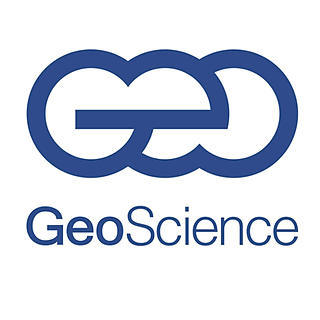Real time support: quick-fire solutions
- GeoScience Limited
- Oct 12, 2016
- 3 min read
Author: Lucie Ayotte (Geomechanics Specialist)
Where unexpected problems occur while drilling a well, it is essential that solutions are provided quickly. The GeoScience bespoke geomechanical real-time support service gives our clients daily, or as required, access to the knowledge and experience of our team of drilling and geomechanical experts for hole monitoring and problem mitigation when it is needed most.
The support provided by GeoScience gives the client a daily snapshot of the wellbore as it is being drilled with an emphasis on potential instability indicators, allowing the BRM team to highlight potential problematic areas within the wellbore prior to problems occurring. The deliverable, in the form of a standalone summary, is issued daily to allow the client to have an overview of the operations over the previous 24 hours. This summary is specifically aimed towards the geomechanical indicators of instability in order to avoid unnecessary hole problems and related Non-Productive Time (NPT). In addition the service includes real-time Specialist advice and technical staff from GeoScience are regularly asked to sit in on the daily rig calls and contribute to impromptu meetings, as required.
Real Time Support Case Study: UKCS North Sea Mature Field
An operator of a large mature oil and gas field with extremely unstable weak intra-reservoir claystones, combined with a very low fracture gradient in the reservoir sands approached GeoScience for a solution to drilling wells in these tough geomechanical conditions. A problem such as this usually results in the absence of an adequate drilling window in both the intermediate and reservoir hole sections. An operational philosophy has been developed over a number of years between the operator and GeoScience, whereby real-time support has become an integral part of the daily operations forecast and data from these studies have been systematically fed back into the geomechanical model for more robust modeling of future wells. Specifically, the plan within the field is to drill all wellbores within a defined ECD envelope in order to avoid losses, whilst managing the inevitable breakout of the intra-reservoir claystones. Over the course of ten years the services provided by GeoScience have been used to aid reduction in hole stability related NPT and the influence can be seen below.

A common example of our ability to quickly feedback drilling experience into the geomechanical model and provide support for the future operations can be found from Well One. Well One was drilled to the planned TD without incident, but the expected sands were not present. Whilst waiting on a decision from town, the wellbore was being circulated prior to pulling out of hole, during this time GeoScience were able to advise on the wellbore stability aspects of extending the hole to the next prognosed sand package, by modeling alternative trajectory options.
As the wellbore was not showing any indication of formation instability and the planned trajectory was in a favourable azimuth the GeoScience recommendation was that it should be feasible to reach the prognosed sands and successfully run the liner. As a result the section was extended, and the sands were encountered at their prognosed depth. By using this information and extending the hole, the operator was successfully able to avoid the cost and time delay needed to run an additional intermediate liner.
Within the same field Well Two was drilled to hole TD without problems, but during the trip out multiple tight spots and pack offs were experienced. These problems were anticipated as the intra-reservoir claystones were in a pre-failed condition and sensitive to time, pipe movements and well geometry. In this case, the problems were associated with build and turn intervals and the GeoScience daily summary (see below) highlighted the areas which were likely to be problematic. This served as a guide for the operational staff both on shore and at the rig site and highlighted where caution was required during subsequent trips.

The daily summary was systematically used by the operator during operations to clearly show where hole problems were anticipated and the root cause of the issues. By issuing a clear and concise plan prior to pulling out of hole there was an increase in the confidence of the existing operational procedures for clearing the obstructions experienced and resulted in the wellbore being completed successfully.





link link link link link link link link link link link link link link link link link link link link link link link link link link link link link link link link link link link link link link link link link link link link link link link link link link link link link link link link link link link link link link link link link link link link link link link link link link link link link link link link link link link link link link link link link link link link link link link link link link link link link link link link link
After a UK pub night, I sought online betting. Wanted a lively site. Found Tropical Wins on a casino platform. Offers Reactoonz, live roulette, a 200% bonus up to £1,500, and Visa deposits. Its SSL encryption, 24/7 support, fast GBP payouts, and non-GamStop play ensured my night was vibrant and profitable.